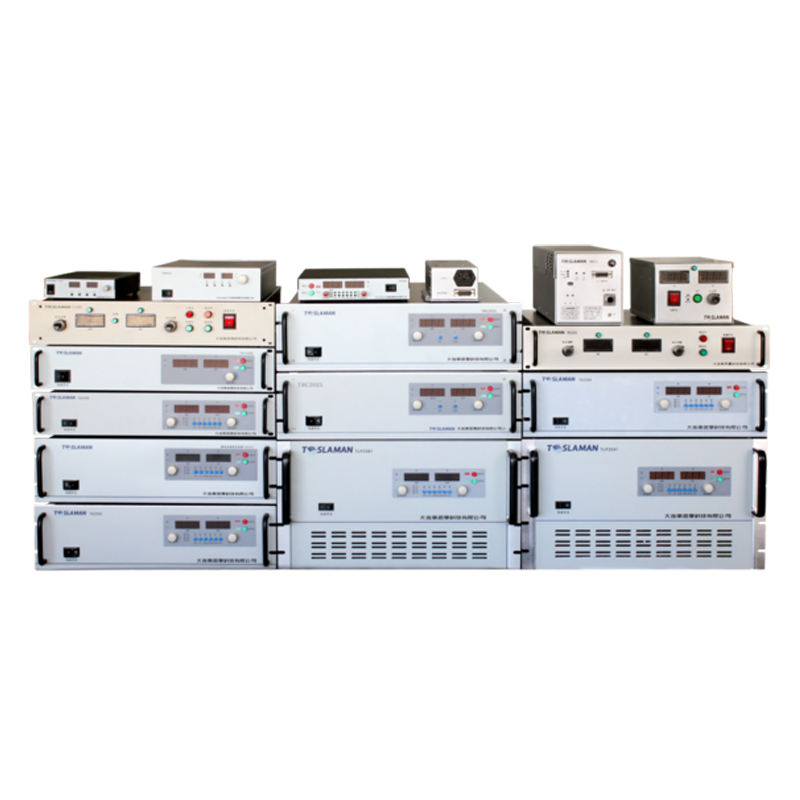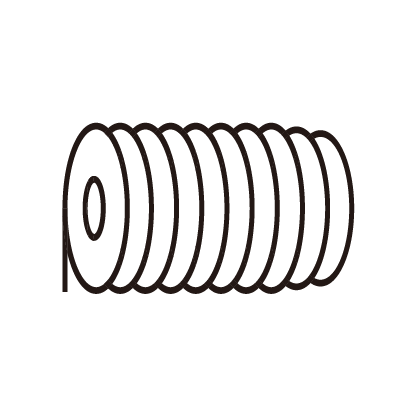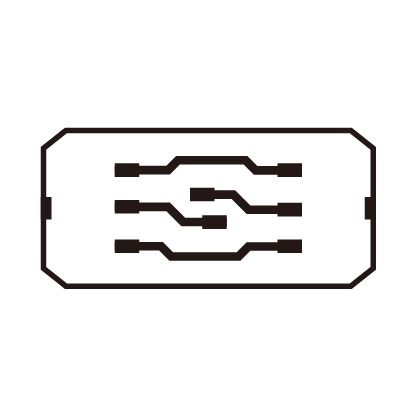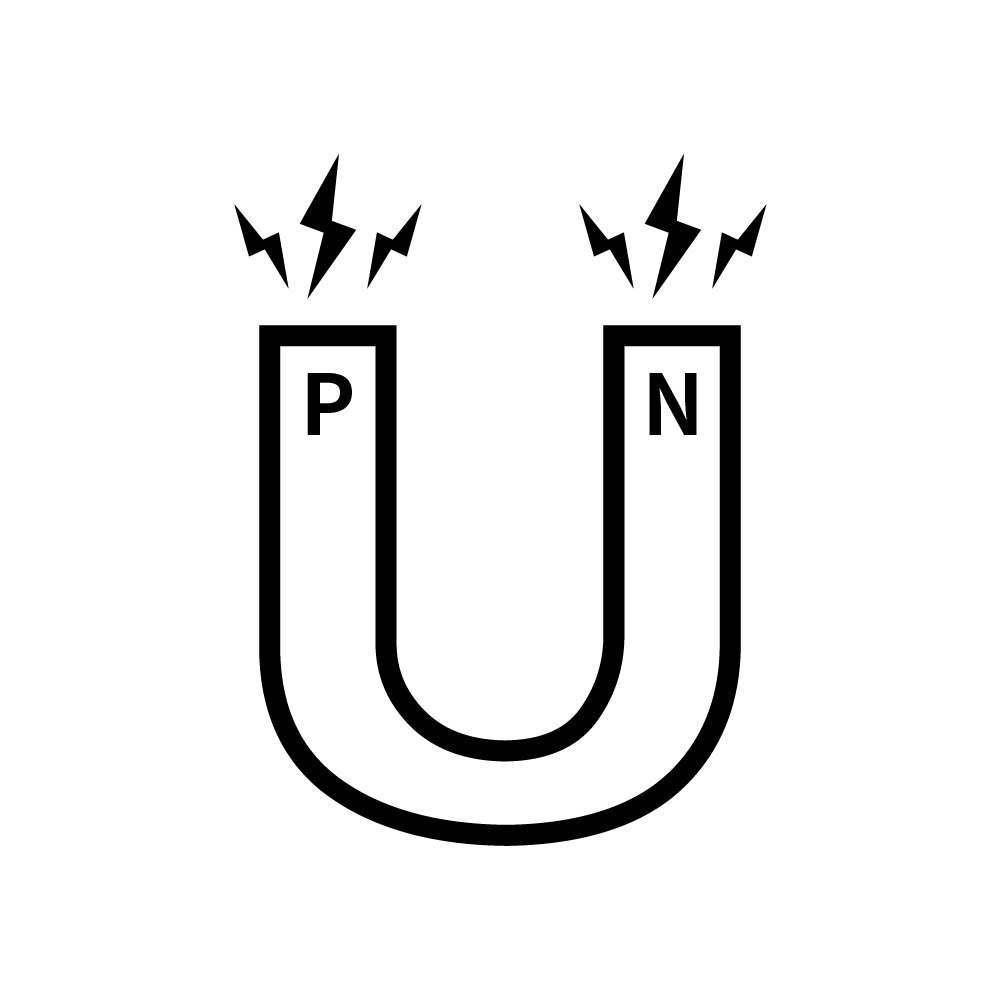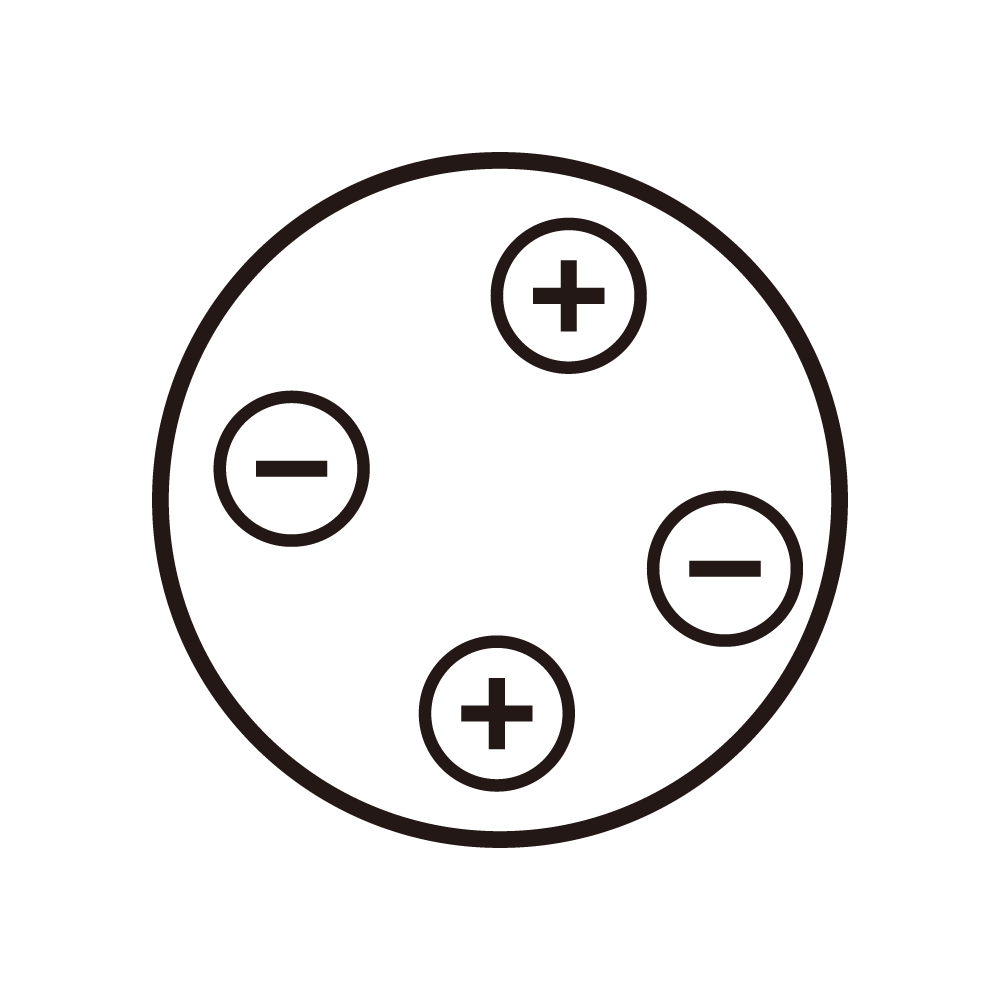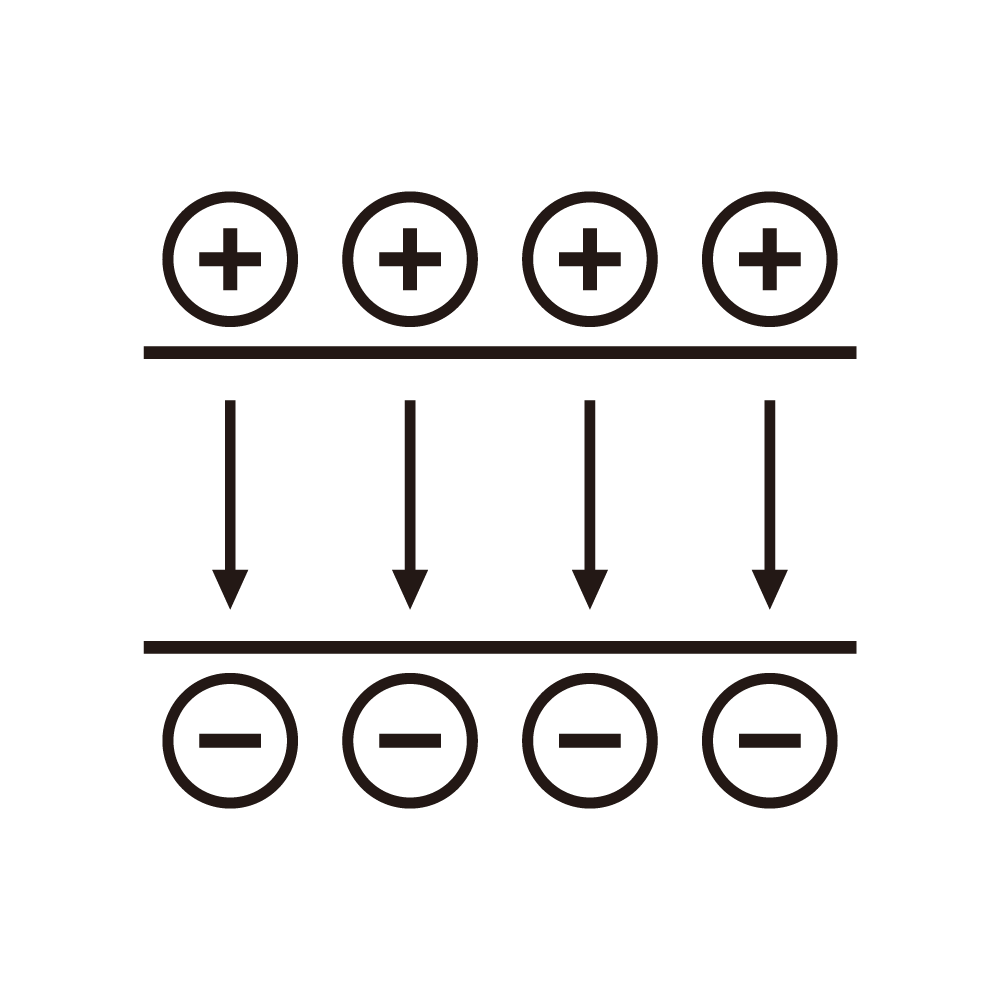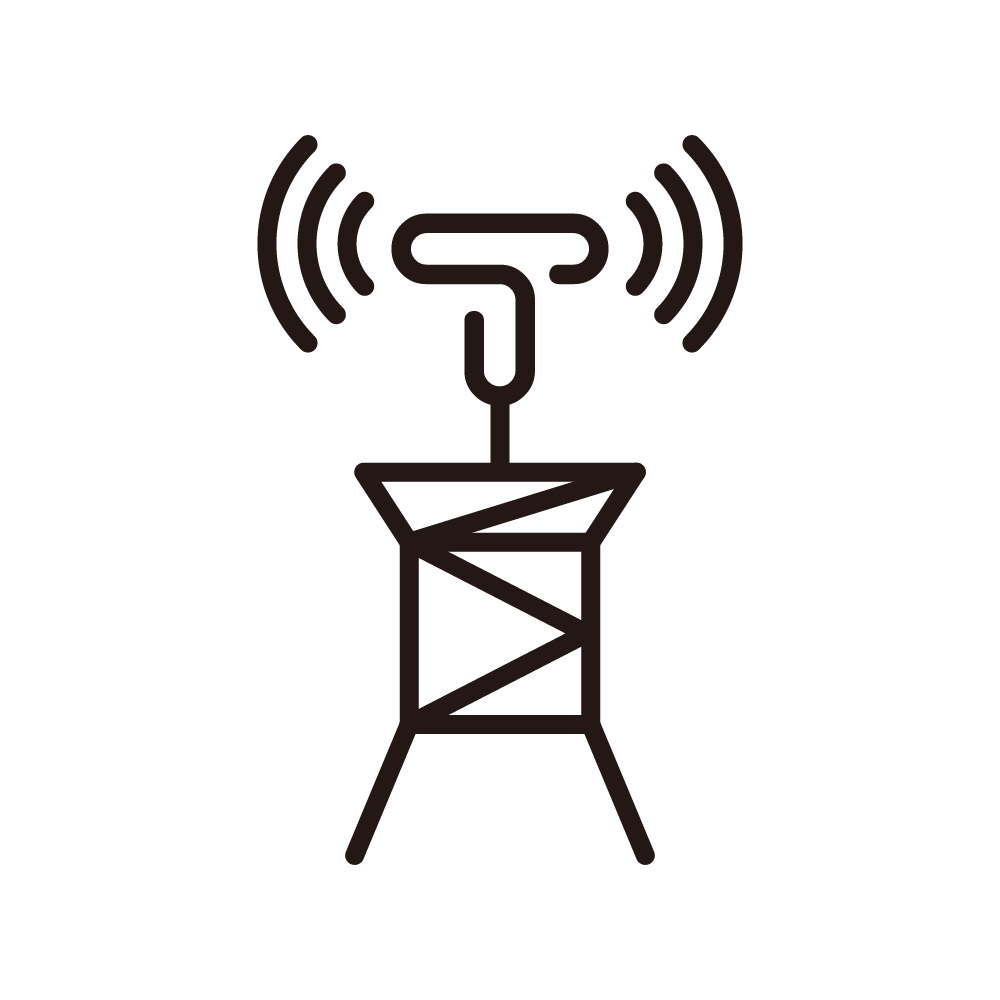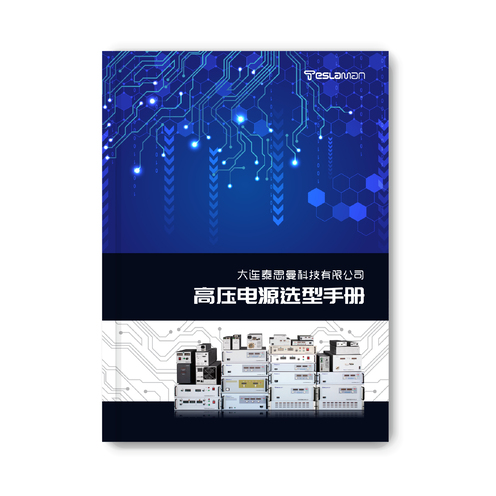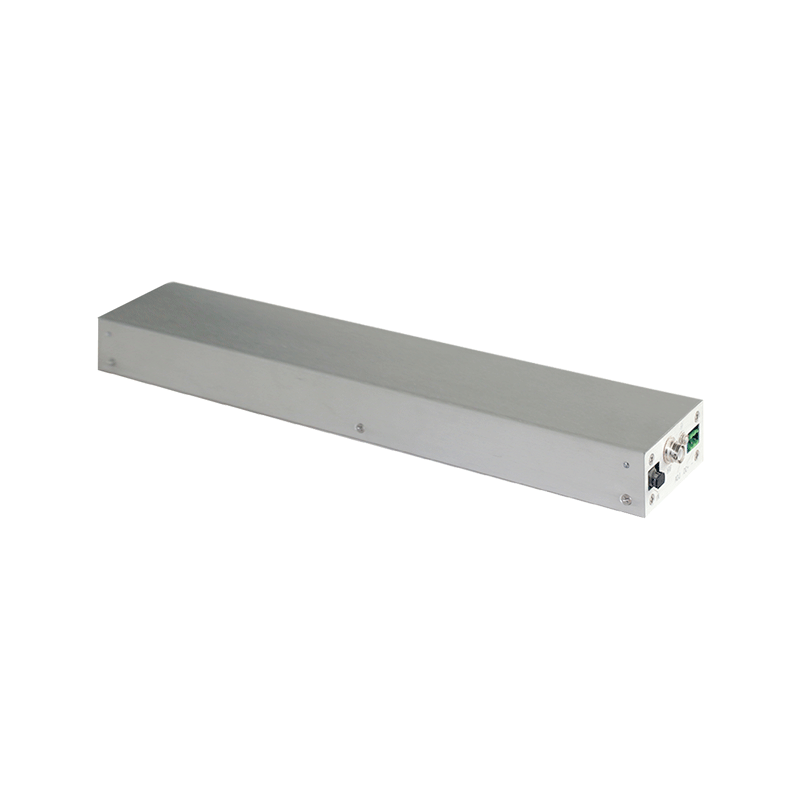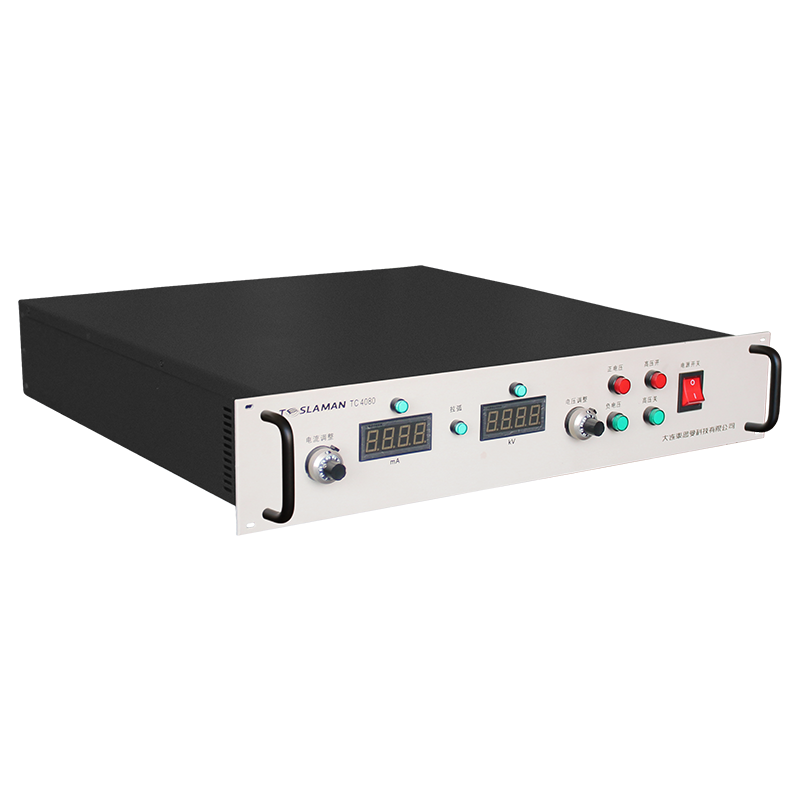Construction of Low-Ripple High-Voltage Power Supplies
In numerous scientific research and industrial application scenarios with extremely high requirements for power supply stability, low-ripple high-voltage power supplies play an indispensable role. The construction process involves multiple key technologies and links, aiming to provide a stable and pure high-voltage output for the load.
Core Technical Principles
The construction of a low-ripple high-voltage power supply first and foremost relies on a deep understanding of the basic principles of power supplies. The core of a power supply is to convert the input electrical energy to meet the requirements of the load for parameters such as voltage and current. During this process, the main cause of ripple is the discontinuity in the power conversion process. For example, during the conversion of alternating current to direct current, due to the switching characteristics of rectifier elements and the parasitic parameters in the circuit, there will be certain fluctuations in the output DC voltage, that is, ripple. To reduce the ripple, advanced filtering techniques and voltage regulation control strategies need to be adopted.
Filtering Techniques
Filtering is a key means of reducing ripple. In low-ripple high-voltage power supplies, multi-stage filter circuits are usually employed. The most common one is the LC filter circuit composed of capacitors and inductors. Capacitors have the property of storing charge. They can store electrical energy when the voltage rises and release it when the voltage drops, thus playing a role in smoothing the voltage. Inductors use their self-induced electromotive force to impede changes in current, further reducing current fluctuations. By reasonably matching the parameters of capacitors and inductors and adopting different filter topologies such as π-type and T-type, the ripple voltage can be effectively reduced to a minimal level. For example, in some high-precision electron microscopes, a low-ripple high-voltage power supply is required to provide a stable acceleration voltage for the electron gun. At this time, a well-designed multi-stage LC filter circuit can control the ripple to the millivolt or even microvolt level, ensuring the stability of the electron beam and the imaging quality.
Voltage Regulation Control Strategies
In addition to filtering, voltage regulation control strategies are equally crucial for the construction of low-ripple high-voltage power supplies. Traditional linear voltage regulators maintain the stability of the output voltage by adjusting the conduction degree of power transistors. Their advantages are small output ripple and high accuracy, but the drawback is low efficiency. Switching voltage regulators adjust the output voltage by controlling the on and off times of power switches, with higher efficiency but relatively larger ripple. To achieve a balance between low ripple and high efficiency, modern low-ripple high-voltage power supplies often adopt hybrid voltage regulation technologies, combining the advantages of linear and switching voltage regulation. For example, first adjust the voltage to a value close to the target value through a switching voltage regulator circuit, and then use a linear voltage regulator circuit for fine adjustment, thus ensuring high efficiency while reducing the ripple to an acceptable range.
Component Selection and Layout
When constructing a low-ripple high-voltage power supply, component selection and layout cannot be overlooked. High-voltage capacitors and inductors should be selected with high quality factors and small parasitic parameters to improve the filtering effect. Power switches should have low on-resistance and fast switching characteristics to reduce switching losses and voltage spikes. At the same time, a reasonable circuit board layout can reduce electromagnetic interference and avoid mutual influence between different circuits. For example, physically isolating the high-voltage part from the low-voltage control part, using multi-layer circuit boards, and implementing reasonable grounding designs are all helpful for reducing ripple and improving the stability of the power supply.
The construction of a low-ripple high-voltage power supply is a comprehensive project that requires careful design and optimization from multiple aspects such as technical principles, filtering techniques, voltage regulation control strategies, and component selection and layout. With the continuous development of technology, the performance requirements for low-ripple high-voltage power supplies are also constantly increasing, which will prompt continuous innovation and progress in related technologies, providing more reliable power supply solutions for applications in more fields.
